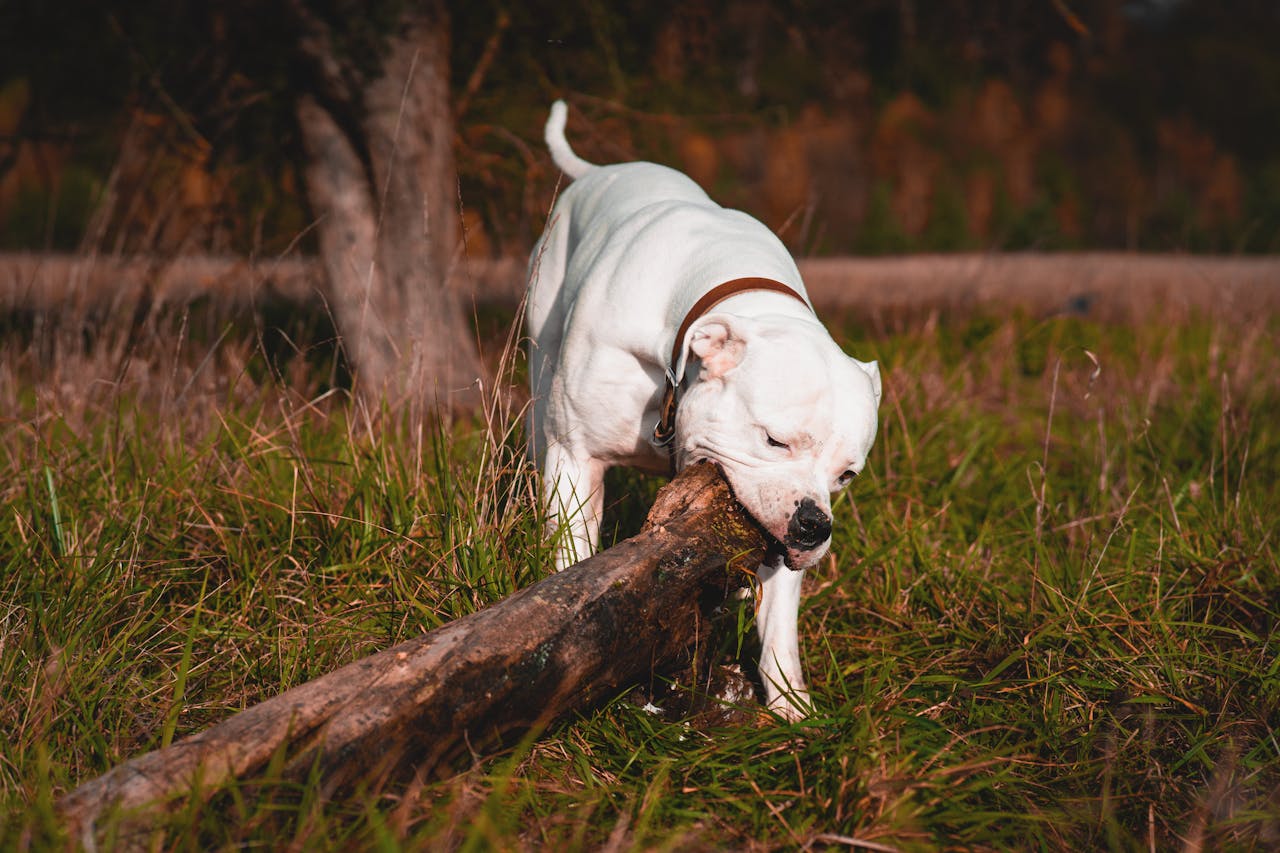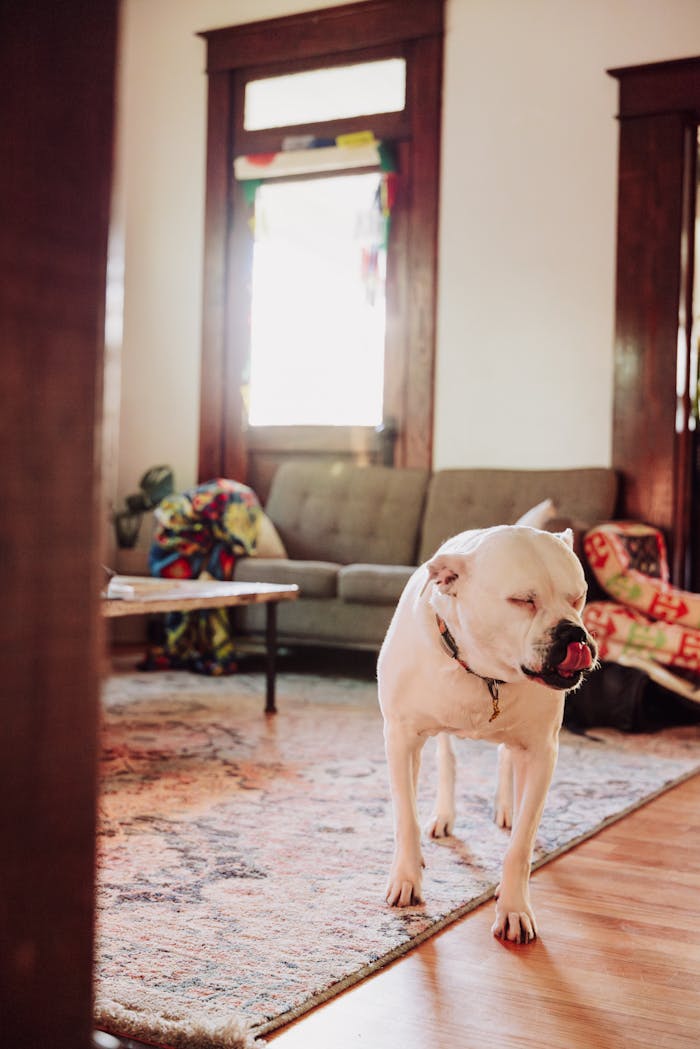Introduction
Training your Dominator American Bulldog can be a rewarding journey when using the right methods. In this guide, we’ll cover essential tips for effective training, focusing on early socialization, consistency, and positive reinforcement. Whether you’re a new owner or looking to refine your dog training skills, these proven techniques will help cultivate a well-behaved and confident companion.
Understanding the Breed
Breed Characteristics:
Dominator American Bulldogs are known for their strength, loyalty, and protective instincts. Their energetic nature means they require both physical exercise and mental stimulation. Understanding these traits is crucial in shaping a training approach that respects their natural behaviors.
Why Training Is Essential:
Due to their powerful build and assertive temperament, structured training is essential. It not only channels their energy but also builds a respectful bond between the dog and its owner. Knowing your dog’s breed-specific needs lays the foundation for effective, tailored training sessions.
Importance of Early Socialization
What Is Early Socialization?
Early socialization involves exposing your puppy to a variety of people, environments, and other animals at a young age. This process is critical in developing a well-rounded, confident dog.
Steps to Socialize Your Bulldog:
- Introduce New Experiences: Gradually expose your puppy to different settings, sounds, and sights to reduce fear and anxiety.
- Engage with Diverse People and Pets: Arrange playdates and controlled interactions to build positive associations with various beings.
- Practice Handling Exercises: Regularly handle your puppy (touching paws, ears, and mouth) to accustom them to grooming and vet visits.
Benefits:
Early socialization reduces aggression and fearfulness, leading to a calmer, more confident dog in public and at home.
Consistency in Training
Establish a Routine:
Creating a structured training schedule is paramount. Consistency in timing and approach helps your dog understand what’s expected of them.
Use Uniform Commands:
Employ the same words and gestures for commands like “sit,” “stay,” or “come.” This consistency minimizes confusion and reinforces learning.
Why It Works:
Consistent training sessions not only accelerate the learning process but also build trust between you and your bulldog. This regularity helps in establishing a secure and predictable environment, essential for any effective training plan.
Positive Reinforcement Techniques
Understanding Positive Reinforcement:
Positive reinforcement involves rewarding desirable behavior rather than punishing unwanted actions. This method promotes a positive learning atmosphere.
Implementing Rewards:
- Treats: Use small, healthy treats immediately after your dog follows a command correctly.
- Praise: Verbal affirmations and gentle petting can work wonders in reinforcing good behavior.
- Playtime: Incorporate short play sessions as a reward, turning training into a fun, interactive experience.
How to Apply It:
Immediately reward your dog as soon as they perform a command. This immediate feedback helps your bulldog connect the behavior with the reward, solidifying the training.
Common Training Challenges and Solutions
Identifying Challenges:
Training a Dominator American Bulldog might come with obstacles like stubbornness, distractions, or high energy levels. Recognizing these issues early is key.
Practical Solutions:
- Short, Focused Sessions: Keep training sessions brief (5–10 minutes) to match your dog’s attention span.
- Varying Exercises: Mix up your training routine with different activities to keep your bulldog engaged and prevent boredom.
- Calm Environment: Train in a quiet, distraction-free space to help your dog concentrate better.
When to Seek Professional Help:
If challenges persist despite your efforts, consider consulting a professional trainer. Sometimes, expert guidance can provide personalized strategies tailored to your dog’s specific needs.
Conclusion
To wrap up, effective training for your Dominator American Bulldog hinges on starting early, maintaining consistency, and using positive reinforcement. By understanding your dog’s unique characteristics and applying these strategies, you’ll set the stage for a well-behaved, happy companion. Remember, patience and persistence are key—every training session is a step toward a stronger bond and a better-behaved dog.


